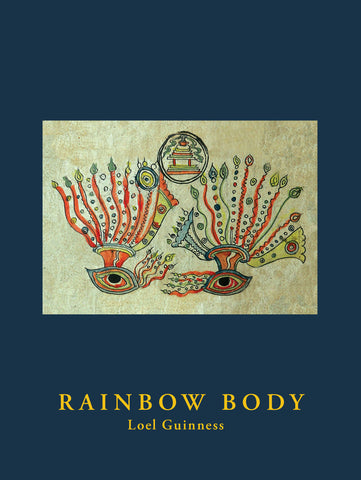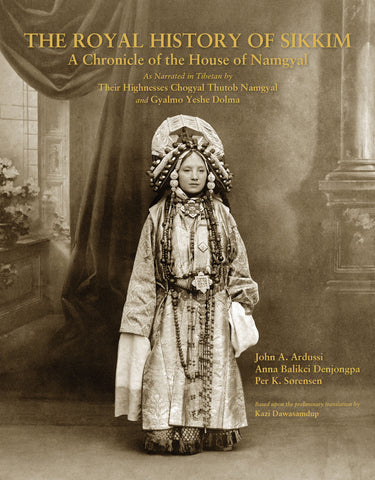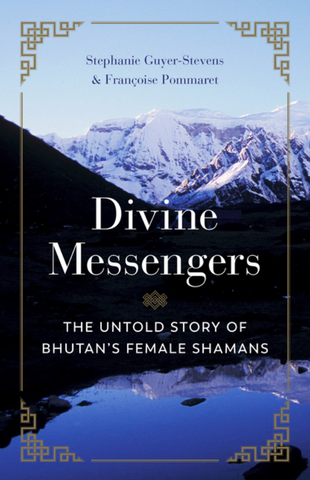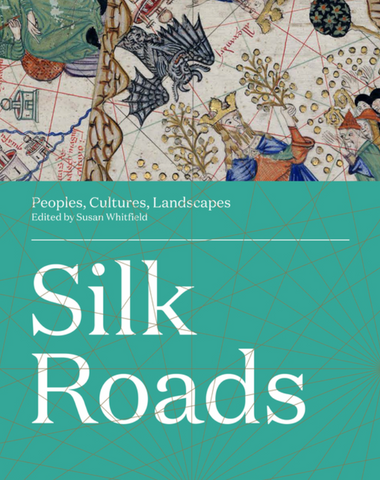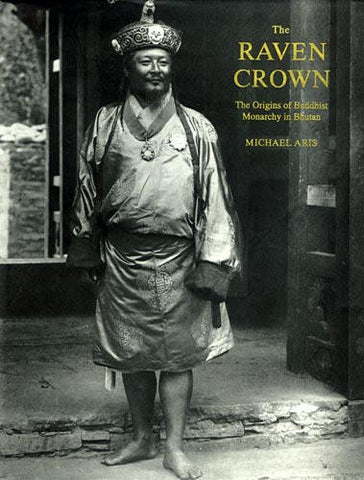
The Raven Crown: The Origins of Buddhist Monarchy in Bhutan
The Raven Crown: The Origins of Buddhist Monarchy in Bhutan by
The hereditary monarchy of the Wangchuk dynasty was established in 1907 in the independent Himalayan state of Bhutan, thus introducing one of the world's most recent experiments in kingship. The new order quickly replaced a theocracy founded in the seventeenth century by the first of the "Dharma Rajas", a lineage of reincarnating lamas known by the title of Shabdrung.
The first king of the new dynasty, Ugyen Wangchuk (1862-1926), was a charismatic figure who came to power against a turbulent background of incessant and complex feuding. He adopted as the unique symbol of his authority a crown surmounted by the head of a raven. The bird represents a form of Mahakala, Bhutan's guardian deity. The prototype of the founding monarch's Raven Crown had first been devised as a battle helmet for his father, Jigme Namgyel (1825-81). Known as the Black Regent, he had worn it in bloody struggles against his many rivals within the country and against the British who tried, unsuccessfully, to subdue him.
The story of the Wangchuk dynasty's rise and triumph moves from a picture of turmoil and chaos to one of relative peace and stability. In contrast with earlier published ac- counts based solely on the colonial records of British India, here the narrative is founded on the Bhutanese chronicles which offer a new perspective and bring many new details to light. The ethnic and historical context is outlined before recounting the turbulent career of the Black Regent, followed by the lives and achievements of the first two kings.
First published in 1994 and now being reprinted in 2005 with corrections, the book is copiously illustrated with rare historical photographs that have come to light in private and public collections in the United Kingdom. Most of these vivid images have never previously been published. They provide a lively depth and focus to the unfolding narrative.
We Also Recommend


